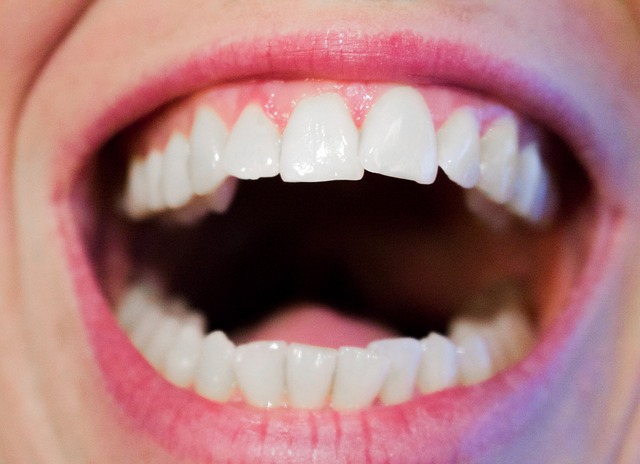Let’s look with our jaw at the teeth
The jaw joint, or temporomandibular joint, without realizing it, is the most widely used joint of the human body. We take chewing, biting, swallowing food, talking or singing for granted as part of life. However, during these movements, this hidden joint in the oral cavity is constantly controlled by muscles in all possible directions. To facilitate these movements, a small cartilaginous disc is located between the articular surfaces of the jaw and temporal bones, which ensures the smoothness of the chewing movements and transmits forces with each bite of the bite.
It is therefore not surprising that a large number of people sometimes in the course of their lives feel pain, flaky or crackling sounds when moving their jaws, and their mouths are difficult to close and open.
Very often, the jaw joint does not hurt only directly inside, but its pain can also spread to the ear, upper and lower teeth, head or front of the neck. Headaches radiating to the forehead, ears and eyes are also common in this context.
And where does the cause of these difficulties lie? Most often, of course, long-term and excessive overloading of the jaw joints, which occurs, for example, when gnashing or clenching teeth or once as a result of trauma (fall on the chin, blow, head and cervical spine injury). However, orthodontic defects also contribute to overloading – bite, dental gaps, inappropriate dentures, unpleasant dental intervention or wearing an orthodontic fixed apparatus.Last but not least, but no less important, this small joint is overloaded as a result of long-term stress factors and emotional strain. After all, we all know situations when we are “fed up with everything” or we have to “bite, grit our teeth” and move on.
If the pain and problems of the jaw joint also concern you or you are struggling with headaches, cervical spine or teeth that do not have a clear cause, visit a physiotherapist who will professionally examine you and use a number of techniques to relieve pain and prevent the problems from returning. Physiotherapy most often works with soft tissues in this regard, using fascial techniques or craniosacral therapy and then trying to optimize the range of chewing movements or improve their muscle interplay, even in the context of surrounding structures such as the cervical or thoracic spine, head and shoulders.
Although it does not seem so at first glance, teeth and jaws do not belong only in a dental chair.

